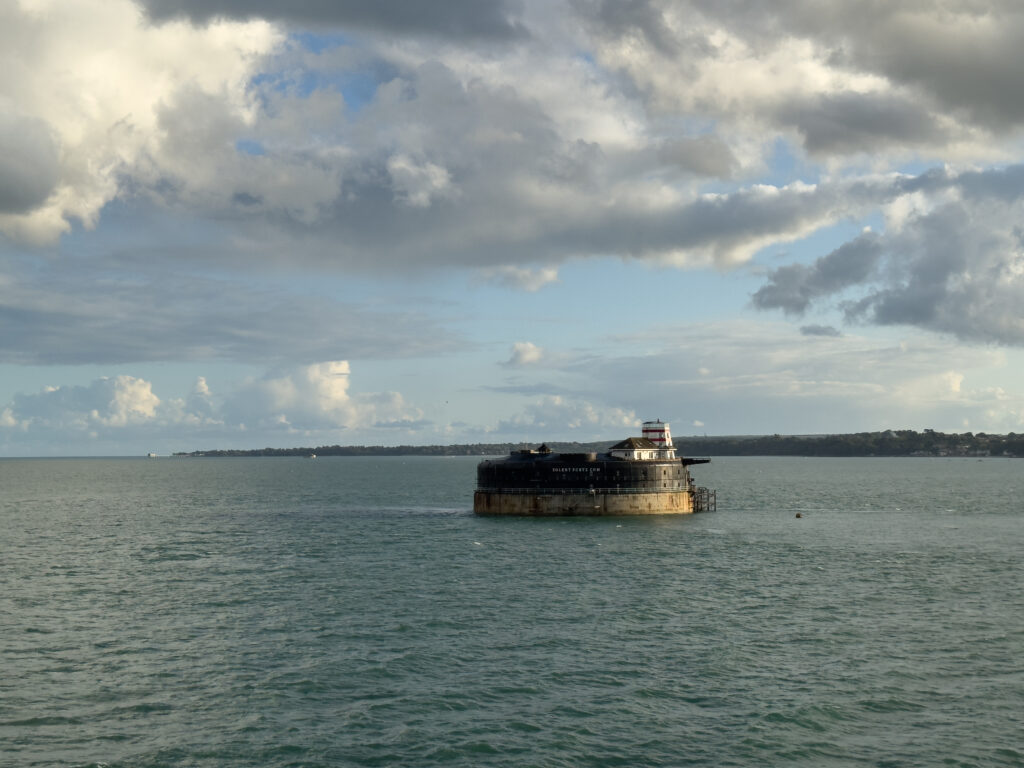In the photography world, it’s pretty much agreed that the mobile phone stole the market from the small compact digital cameras that thrived for several years and that were the first digital camera that many owed, myself included.
Multi-megapixel camera phones really do squeeze a quart into a pint pot, but aside from the headline grabbing pixel count, much of clever bit is in the software controlling the quite tiny sensor packed into the devices. Its what’s commonly referred to as “computation photography” because without the number crunching and processing power afforded by the phone, the results out of the camera part would be mediocre at best.
To some extent, this is true of all modern digital cameras, but those with smaller sensors more so than the larger full frame bodies. Certainly, the high definition shots available on later models of Olympus E-M and OM series are only possible by software and processing that can move the sensor a fraction of mm, take multiple shots and then combine them together to form a single image.
This page (or pages) will explore the smaller sensor end of photography, mobile devices, compacts and whatever else that sort of fits the description.
All Done with Mirrors
It seems unbelievable that I’m now on my 7th, yes seventh iPhone! From my 3GS way back in 2009, to my 15 Pro Max of last year, all of them, if you listen to Apple’s annual announcement presentation,”the best iPhone ever”.
In terms of camera ability, there’s no doubt every brand of phone camera has improved out of all recognition over the years, I still remember clipping a 2MP camera on to a Sony Ericsson T68 and thinking it was fantastic. Despite my reservations over it being less than pocket friendly, the 15 Pro Max won me over by offering a 5x optical zoom as opposed to digital zoom on the camera. Digital zoom works to a point, but having a “real” lens wins hands down on the quality front.
Other manufacturers offer larger zoom lenses on their phones, but after using 5x, I can see why Apple stuck to this more modest magnification, you need a really steady hand or somewhere to rest the camera to stop camera shake!
So what does this mean in terms of photos?

This is one of the Napoleonic sea forts in the solent, taken from a cruise ship last year, using the normal 24mm equivalent lens on the 15 Pro Max.

Same fort, 128mm lens!
To keep the iPhone body reasonably thin, unlike other manufacturers who opted to use a periscope type lens to magnify the incoming light onto the camera sensor, apple opted to achieve the same using mirrors to bounce the image through their lenses, hence the bigger bump on the rear of the phone than the smaller models that don’t’ have the 5x zoom. As well as travel photos, the extra reach with the 5x zooms great for gigs.

